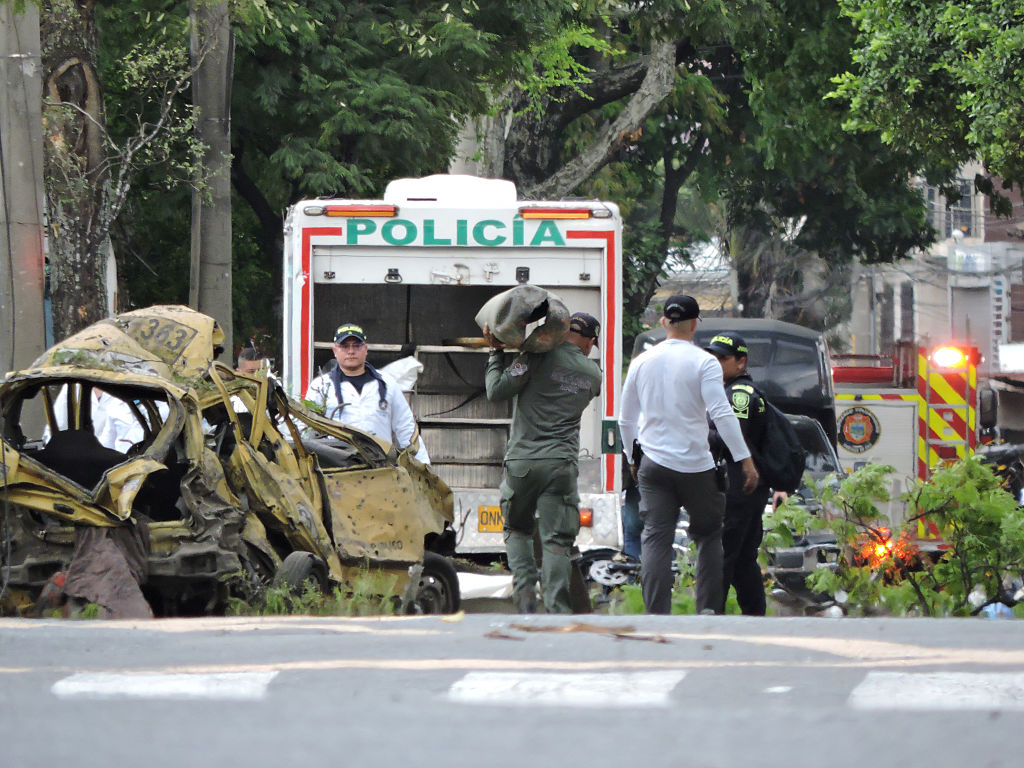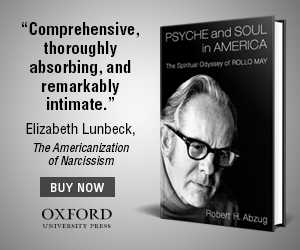BOGOTÁ— Since the assassination of right-wing senator and presidential hopeful Miguel Uribe in June, Colombia has endured a spiral of violent incidents that are deepening concerns about public security in a nation that for decades has battled armed groups and illegal organizations trying to subvert the public and political order. However, unlike the ideological wars that once engulfed the country, today’s violence is fragmented, unpredictable, and rooted in criminal governance — yet its impact on politics is just as destabilizing.
Fear now trails every campaign stop, and the question hanging over the nation is stark and urgent: Is Colombia heading to another descent into generalized violence?
Public order and humanitarian conditions have deteriorated significantly in conflict-affected regions of the country during the first half of the year. In July, the International Committee of the Red Cross (ICRC) reported that these worsening humanitarian conditions were driven by rising confrontations between national security forces and armed groups, as well as intra-group violence between criminal actors. Severe mobility restrictions increased by 169% compared to the first five months of 2024, while mass displacement rose by 117%. These trends are likely to persist throughout the remainder of 2025 and into 2026.
Along with the death of Uribe in Bogota, a wave of terrorist attacks in southwestern departments—including in Cali, Colombia’s third largest capital city—and a growing number of deadly incidents on security forces have triggered a significant erosion in both security indicators and perceptions that will influence a highly polarized, fragmented electoral cycle in 2026.
In the wake of these developments—which have reignited widespread fear, frustration, and rejection among citizens—politicians, commentators, and traditional media outlets have been quick to assert that Colombia has gone back to its darkest, most violent times between the late 1980s and early 2000s, when prominent political leaders and presidential candidates such as Jaime Pardo Leal (1987), Luis Carlos Galán (1989), Carlos Pizarro (1990) and Álvaro Gómez (1995) were assassinated.
Still, these overblown claims obscure much-needed public debates around the specific nature, scope, and potential state responses to the security erosion the country is currently experiencing.
Specific traits of violence today
The level and impact of political and organized violence today are far below the historic highs of the late 1990s and early 2000s. In 2002, at the peak of the armed conflict, 16,342 people were killed in conflict-related events, most of them civilians. By contrast, in 2024, the number of lethal victims was 307.
Although less deadly, today’s violence affects more people across a wider and growing range of locations. In previous phases of the armed conflict, extreme violence was relatively contained in a limited number of departments, where non-state armed groups and security forces engaged in direct and sustained confrontations as part of a civil conflict of national reach. Today, non-lethal forms of violence, such as extortion, threats, and severe mobility restrictions, have spread geographically and become a permanent tool for armed and criminal groups to regulate social interactions and even economic relations in a growing number of regions. Deadly displays of violence have become less necessary as groups achieve full territorial control.
Finally, unlike in the 1990s and 2000s, organized and political violence today is largely devoid of ideology. Illegal groups no longer aim to systematically undermine the foundations of a democratic political regime or topple the government to transform the state or socioeconomic model—once the goal of guerrilla insurgencies. Nor do they seek to sabotage governance and the state to make cocaine trafficking more profitable and dynamic, as was the case with major drug cartels and kingpins.
Instead, political violence today serves as a supplementary tactic to reinforce, protect or expand illegal groups’ local territorial control and illicit revenues. Recent patterns of terrorism in 2025 illustrate this trend. After a temporary but significant respite in 2023, terrorist acts since 2024 resumed an upward trend and in 2025 remain above the average of 404 attacks during the first half of every year of the past decade.
The main perpetrators—the National Liberation Army (ELN) and the Central General Staff (EMC)—use terror to reinforce or defend their territorial control. Attacks generally aim to deter or retaliate against ongoing military operations; or to intimidate local communities and discourage them from co-operating with the armed forces or rival groups in departments where they are engaged in active confrontations (such as Cauca, Valle del Cauca, Norte de Santander, and Chocó). Terrorism today complements local criminal governance rather than advancing broader strategic military or political goals.
Key drivers of the current security erosion
The dynamic interaction of structural and conjunctural factors explains this security landscape. First, the sustained expansion and fragmentation of illegal groups. The universe of armed and criminal organizations in the country has become increasingly fragmented since 2016, with a growing number of actors whose size, territorial control, military capabilities, geographic reach, material resources, and ties to legal actors vary widely and are largely shaped by local rather than national dynamics and goals. This atomization has led to growing instability and volatility in the use of violence.
According to a military intelligence report cited by one of the nation’s leading newspapers, El Tiempo, in the first half of 2025, illegal groups grew by more than 1,000 members, reaching a total of nearly 22,000 nationwide. These groups may now be present in 562 municipalities across 29 of Colombia’s 32 departments.
The diversification of their sources of illegal revenue and alliances also impacts their reach. Criminal portfolios and partnerships, both domestically and abroad, are expanding in scope and profitability. Drug trafficking today is far from the most cost-effective illicit economy. Extortion, kidnap-for-ransom, illegal mining, contraband, fuel theft, migrant smuggling, arms trafficking, and money laundering are some of the revenue sources groups currently profit from. As profits grow, turf wars over key assets—routes, informants, production, information, and stockpiling sites—to operate these economies intensify.
Finally, because illegal groups are less ideologically motivated and increasingly profit-driven, they lack genuine political incentives to dismantle and give up their expanding illicit businesses. This is partly why they actively exploited Gustavo Petro’s Total Peace initiative to accelerate a territorial expansion and military strengthening that had already begun during the pandemic. The government’s poorly planned and deficiently executed peace policy, bilateral ceasefires, and security strategy provided a strategic window of opportunity for groups to gain further traction.
Political and electoral implications
The current electoral landscape poses increased risks of political violence, as organized armed groups exploit growing polarization and institutional tensions to further undermine public trust in governing institutions. Although violence related to the 2026 general elections is likely to stay concentrated in rural areas controlled by armed groups, additional incidents in urban centers cannot be ruled out.
Conversely, right-wing and center-right presidential candidates will increasingly exploit and emphasize negative security perceptions, often spreading alarmist narratives. Meanwhile, the ruling left—trying to unify behind a single candidate in the October primaries—will avoid political accountability for the worsening security and humanitarian crises in multiple regions, instead blaming illegal actors alone.
As security concerns worsen and become central to electoral debates and campaigning, hardline, exaggerated, and oversimplified narratives about Colombia’s complex organized violence and criminal governance are likely to become more prevalent. The country needs well-informed, balanced debate and serious policy proposals to address the new dynamics of violence. Unfortunately, an increasingly polarized campaign makes this unlikely. This will compound the challenges the next government will face in designing an evidence-based, locally tailored, comprehensive state strategy to address the new phase of Colombia’s armed conflict.






